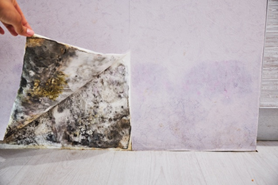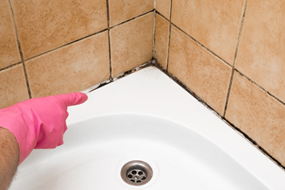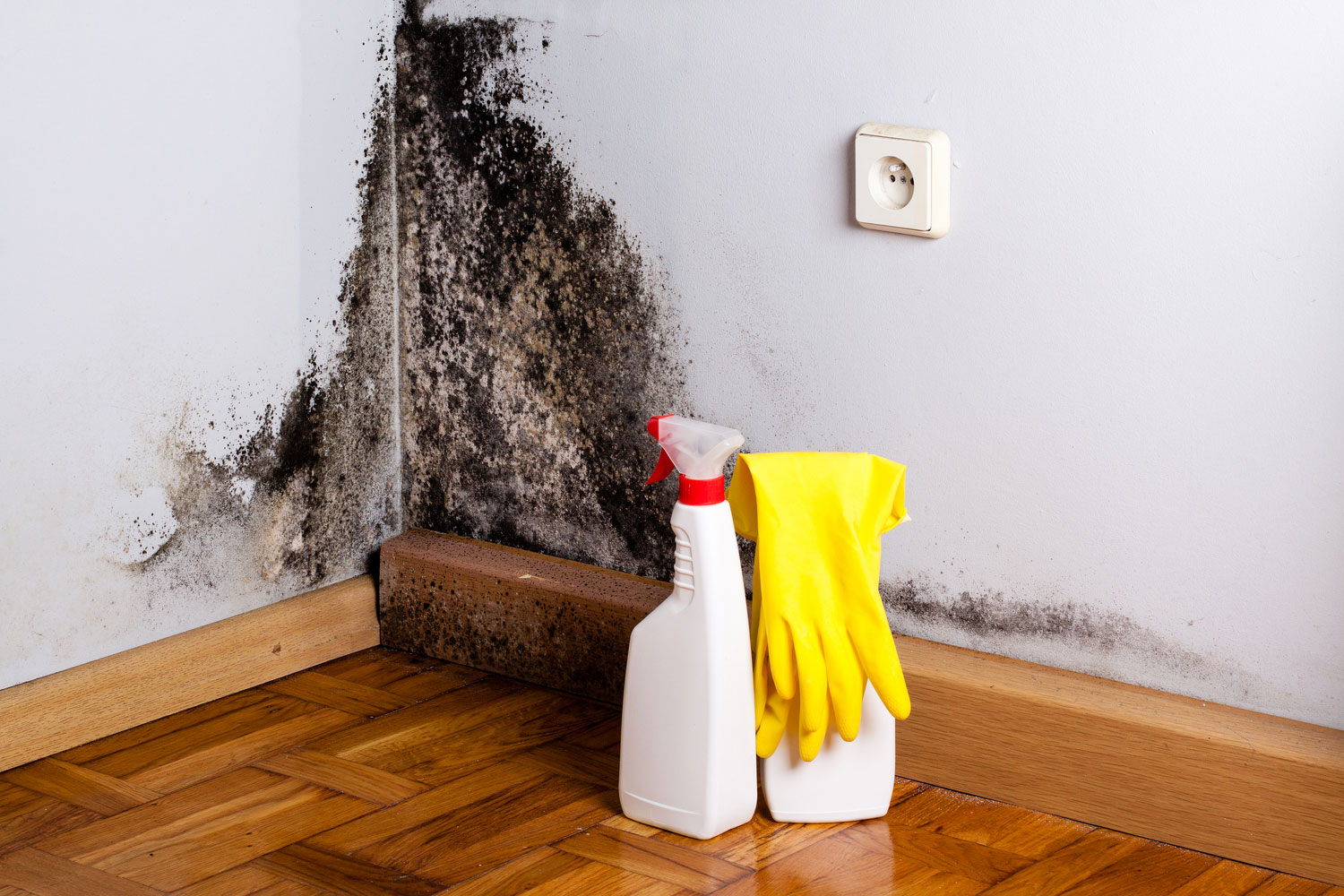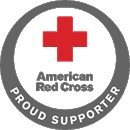Mold vs. Mildew: What Is the Difference?
Is it mold or is it mildew; what’s the difference? Water Mold Fire Restoration experts recognizes that they are similar yet distinct and they are both members of the fungi family. Both have a few matching characteristics: they both need moisture, they both need an organic food source, they both grow on a variety of surfaces, and homeowners see no value in having either one in their homes. Both mold and mildew can make sensitive individuals sick by prolonged exposure. But they also both have noticeable differences in color, size, and texture.
What Distinguishes Mold?
Mold is a fungus that grows on food or on other organic materials under moist, dark, and warm conditions. There are thousands of unique species of mold. Mold usually grows in round spots and emits a musty smell. Mold can range in color from white, green, blue, brown, black or even gray. Its texture can be fuzzy or slimy and greasy.

The main difference between mold and mildew is that mold has a fungal structure called hyphae, or roots. This enables mold to penetrate almost any organic material that it grows on. If left alone, mold can eventually destroy the structural integrity of the material.
In nature, mold has a definite role to play in decomposing organic materials. Think of all the dead vegetation we would have if mold couldn’t break down organic compounds. Also mold has specific uses in medicine and food production (think of penicillin or different types of cheeses).
Prolonged exposure to mold can cause allergic reactions to people that are sensitive to it. Some of these health effects are allergic reactions, respiratory problems, skin rashes, and fatigue.
What Distinguishes Mildew?
Mildew is a surface fungus. It is usually whitish to grayish in color and powdery or fluffy in texture. Mildew is easily removed from surfaces by using only soap, water, and a little elbow grease. Mildew will give off a musty smell that can usually be eliminated by using a mixture of water and vinegar.

Mildew is known to grow on plants or damp organic materials like clothing, leather, paper, shower curtains and soap scum. Mildew only grows on the surface of materials. It grows in a flat pattern that resembles a splash of liquid. Over time mildew will turn from whitish, to yellowish, to brown or black. Mildew has no beneficial uses. />
Exposure to mildew may cause coughing, sore throat, respiratory issues, or eye irritation.
In Conclusion
If you think you have a mold problem and would like to waste some of your hard-earned cash, run down to the nearest big box store and buy a DIY mold testing kit. Here are several reasons why you should not buy a DIY mold testing kit:
Both mold and mildew will grow in houses on organic materials when sufficient moisture is present. Both may cause serious health problems. The main difference between mold and mildew is the way they grow: mold will penetrate materials while mildew only grows on the surface.
Neither one should be welcome in your home. The good news is that a certified remediation company, Water Mold Fire Restoration, can assist you in eliminating any mold or mildew problem you may have, safely and for good. We can be reached 24 hours, 7 days a week, and our initial consultation is without cost or obligation. Contact us at 800-905-0277 or by email at help@watermoldfire.net.
Key Differences in Mold and Mildew Growth in the Home
Both mold and mildew are well known to grow in home and commercial properties, especially in areas that experience dampness or high humidity. There are a lot of similarities between mold growth and mildew growth, but there are also a few key differences that could determine how bad the problem might be and how you need to go about treating it. Generally speaking, mildew is easier to handle, while mold eradication can mean calling in a mold testing and remediation specialist.
Most homeowners have a hard time differentiating between mold and mildew growth. Both fungal growths have a similar appearance and grow in similar conditions. Let’s take a look at some of the biggest differences between mildew and mold.
What Do Mold and Mildew Lookup
Generally speaking, mold growth is blackish or green in color. By contrast, mildew is typically white or gray. Mildew often grows in a flat pattern and can be powdery or fluffy, appearing as a patch of white, gray, or sometimes yellow fungus. On the other hand, mold growth can be fuzzy OR slimy in appearance, showing as irregular spots on surfaces and growing in a range of colors, including black, white, gray, green, and blue.
Mildew growth is most common in showers and bathrooms, while mold can grow nearly anywhere in the home with little preamble.
Affect on Surfaces
Mold and mildew have different effects on the surfaces that they grow on. Mildew growth could be found on plants, fabric, and paper. Mildew may not have a long-lasting effect on these surfaces and can be cleaned off by simply removing the growth from the surface.
Mold has a more drastic impact on surfaces that it impacts. Mold can penetrate the structures of your home, causing even more damage than you can see. If ignored for too long, this can lead to having to replace major structural components of your home. Because it can permeate surfaces, mold is much harder to remove from a property and the removal will need to include air treatment to remove spores from the air that could cause health issues and future growth.
Affect on People
Both mold and mildew can have a major impact on the health of the homeowner. Mildew causes allergic reactions like coughing, sneezing, sore throat, and headache. It’s true that mold can cause a lot of these health issues, too, but it can also cause more severe issues of the respiratory system, like pneumonia, asthma attacks, cardiac issues, migraines, inflammation, and pain. In some cases, mold spore exposure can even cause memory loss.
While both mold and mildew growth can cause health issues, the illnesses from mold spores are generally more severe.
Mold Testing
There are ways that you can test for both mold and mildew at home. If you are testing for mold on your own, use a few drops of household bleach on the affected area(s). Wait for approximately five minutes and check the spot. The area will become lighter if there is mildew present. If there is mold present, the area that you have applied bleach will remain dark.
There are also household tests that you can purchase at your local hardware store to help test for mold and mildew growth. And if you aren’t sure after a home test, call a local mold remediation contractor to help you determine if mold is present and what steps will need to be taken to remove said growth.
Eradication and Remediation
As if mold growth in the home weren’t bad enough, you have to consider what could have led to a mold problem in the first place. Flooding and water damage are the most common problems that a home can have that causes mold to grow. Both water damage and mold are concerns for the structural integrity of your home. Treating the underlying causes of mold growth will not only prevent mold from coming back once treated, it can ensure that your home is structurally sound.
It is reasonably easy to remove mildew from surfaces. All you need is a scrubbing brush and a mildew cleaner. You can even wipe it off with a damp cloth or paper. You only need to ensure that the area you are cleaning and working in is well ventilated to avoid allergic reactions.
Mold, however, is much more dangerous and should not be handled without professional help. You must contact a mold removal company like Water Mold Fire Restoration to get rid of mold in your home. Our team of well-trained professionals will ensure we take all the safety precautions and eradicate mold from your property for good. Contact us to learn more about our services today!








